Estimated reading time: 19 minutes
Has your dog ever let out a yelp as you lift them into your arms? It can leave you feeling concerned or puzzled about what might be causing this reaction.
Dogs may yelp due to various reasons—ranging from simple surprises to more serious health concerns. Each whimper or whine could be signaling something different, and dog owners need to take note.
This article aims to unravel the mysteries behind those sudden cries of distress, guiding you through potential causes and how they can be addressed. We’ll explore everything from the right way to pick up your pooch to understanding signs of pain and when a trip to the vet is necessary.
Key Takeaways
- Dogs yelp when picked up for various reasons including personal preferences, incorrect holding positions, fear of heights, unexpected movements, or traumatic experiences.
- Yelping while being lifted may also indicate health issues like muscle problems, arthritis, spinal cord complications, tummy aches, or tumors. It’s important to observe for signs of pain and consult a vet if necessary.
- To avoid causing discomfort or injury to your dog when picking them up, support their chest and rear properly and be mindful of any pain signals they may exhibit. If the yelping persists, seek professional veterinary help promptly.
Understanding Why Dogs May Yelp When Picked Up
Discovering the root of your dog’s distress is crucial when they let out a yelp upon being lifted; it could be a matter of preference or signal an underlying issue that needs attention.
Let’s delve into the various factors that can cause this reaction, ensuring your furry friend’s comfort and safety remain paramount.
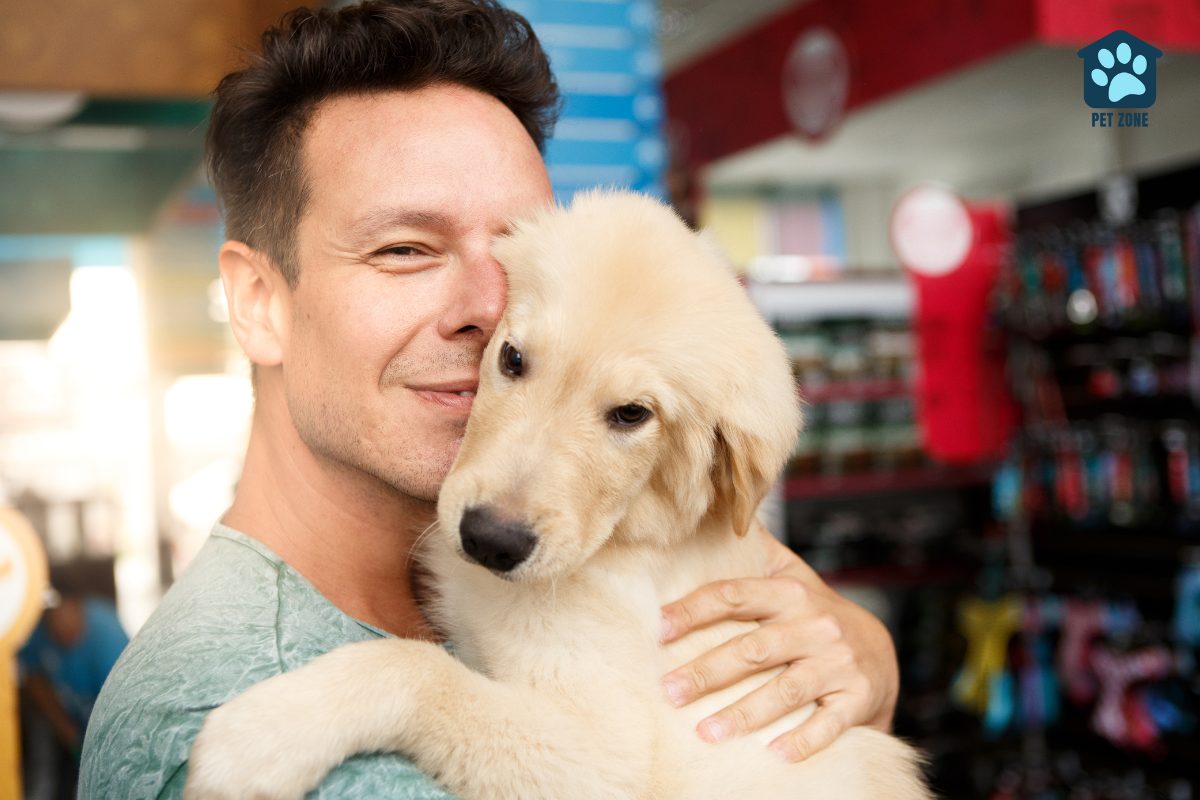
Personal Preferences
Some dogs just don’t like being lifted off the ground. It’s about what feels good to them. Your furry friend might be the kind that prefers all four paws on the floor.
If your dog yelps when picked up, it could be saying, “Hey, I’m not a fan of this!” Think about it from their view – suddenly they’re up in the air, with no control over where they’re going. So respect their wish to stay grounded if that’s what makes them happy.
Every pup has its likes and dislikes, much like people do. Their past experiences shape how they feel about being carried. A dog with a history of bad handling or even an injury while being lifted before may dread it now.
Keep these preferences in mind next time you reach down for a cuddle; your pawed pal will thank you for it!
Incorrect Holding Position
Picking up your dog the wrong way can hurt them. Many people lift their dogs by the front legs, but this is not safe. It puts too much pressure on their shoulders and elbows.
Your pet might yelp because it feels pain from joints being forced into a bad position.
To keep your dog happy and free from pain, always support its chest and pelvis when lifting. This helps spread out their weight evenly. If you hold them correctly, they are less likely to get hurt or scared when you pick them up.
Make sure your hands are under their body, giving firm yet gentle support to both ends.
Unexpected Movements
Dogs often react to sudden changes in motion. If you scoop up your dog without warning, it might startle them and cause a yelp. Their bodies are sensitive to shifts in position that they aren’t expecting.
Imagine how you’d feel if someone lifted you off the ground out of nowhere! Your dog feels the same way. Smooth, gentle motions can help prevent this shock.
Always approach your dog calmly before picking them up. A little heads-up helps your pup understand what’s happening.
Hold them securely but kindly to avoid any jerks or drops that could lead to fear or pain, especially if they already have back problems or arthritis mentioned among common reasons for discomfort.
Fear of Heights
Some dogs don’t like being up high. This fear can make them yelp when you lift them. They feel insecure and scared, which makes their muscles tense up. That tension can lead to back pain.
Be gentle if your dog is afraid of heights. Support their chest and rear at the same time when picking them up. This helps them feel more secure and might stop the yelping. If they still cry out or show signs of pain, it’s best to see a vet.
Traumatic Experiences
Dogs remember bad things that happen to them, just like people do. If your dog got hurt or scared while someone picked them up before, they might yelp now because it reminds them of that pain or fear. Each time you lift your dog, they could be thinking about the past and worry it will happen again.
To stop your dog from feeling this way, take things slow and gentle. Use calm words and pet them softly before you try to pick them up.
Show your dog that being lifted is safe now and nothing bad will happen. This can help build their trust and make lifting a happier time for both of you.
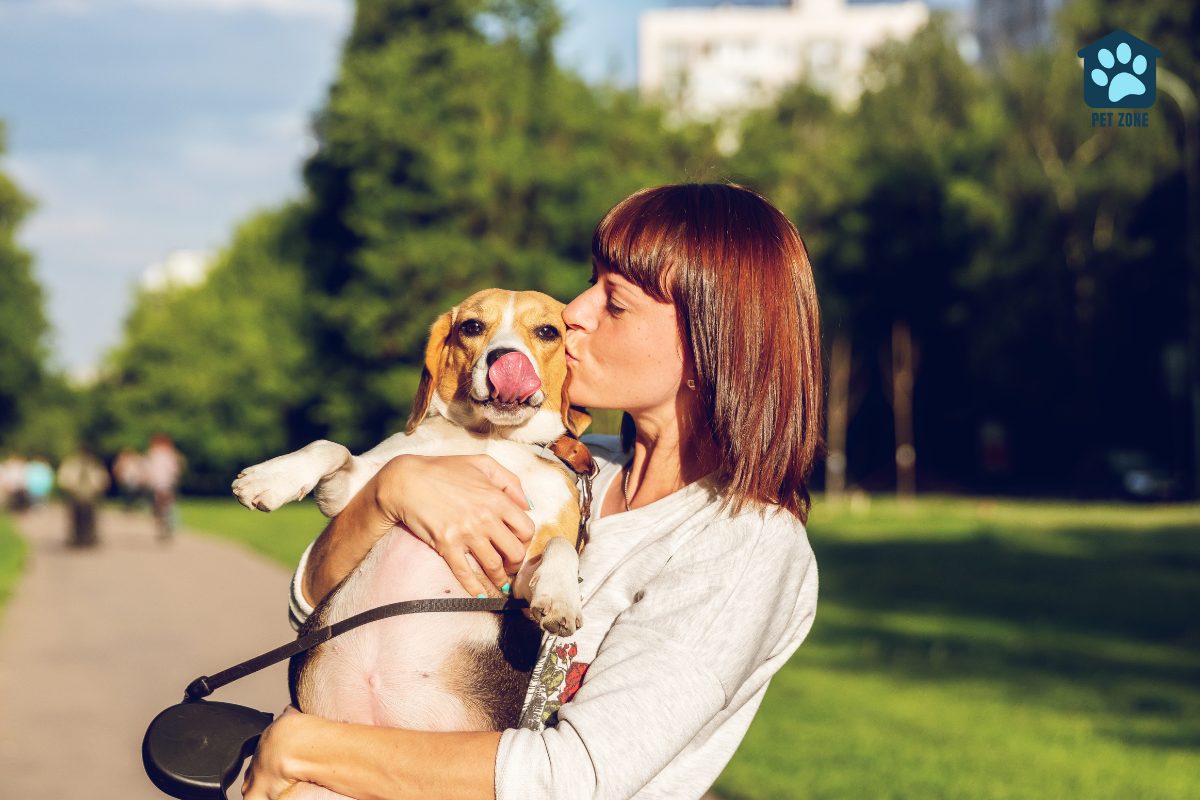
Health-Related Reasons for Yelping
When your canine companion emits a yelp upon being lifted, it may be more than just surprise or discomfort—it could be an audible clue signaling underlying health issues.
A range of medical conditions might be at the root of this reaction, from joint inflammation to muscular distress, and pet owners must stay alert to these potential ailments.
Muscle Problems
Muscle problems can make your dog hurt a lot. They might yelp because something like arthritis or degenerative joint disease is causing them pain. Even gentle touches to sore muscles could make them cry out.
If your furry friend has muscle issues, they may be stiff and move less. You might notice them shaking or having trouble getting up. If your dog yelps when you pick it up, their muscles could be the reason.
Major issues such as degenerative myelopathy affect how they walk and feel all over their body. This disease gets worse over time and can impact their quality of life.
Watch for any signs that picking up your pet causes discomfort or pain in their muscles.
Arthritis and Painful Joints
Arthritis can make your dog’s joints swell and ache. It often hits older dogs but can affect young ones too.
Your furry friend might cry out when jumping up or running around because their joints hurt. Watch for signs like limping, yelping, or trouble lying down comfortably.
If your pup seems in pain when you touch them, it could be arthritis setting in. They may wince or try to move away from your hand. Pain meds from the vet can help, along with gentle exercises you do together.
Keeping them at a healthy weight also eases joint stress.
Problems With the Spinal Cord
Spinal cord issues in dogs are serious and may cause your pet to yelp in pain. These problems can lead to weakness or even paralysis, especially in the back legs.
If your dog cries out when picked up, consider spinal cord problems as a possible reason. They might also shake or seem scared to move.
Degenerative conditions like arthritis or disc disease could be at fault for your dog’s sudden discomfort. A spinal stroke, known as FCE, is another concern that hits without warning, causing one or both hind legs to grow weak or paralyzed.
Watch for signs like excessive grooming—this might mean your dog hurts from a joint issue or injury its spine suffered.
Tummy Aches
A dog with a sore tummy might cry out when you lift them. Their belly can hurt for lots of reasons. It could be something simple like eating the wrong food, or it might be more serious.
Think about how you would feel if your stomach was in pain and someone picked you up—you’d probably want to say “ouch” too!
Dogs can get obstructions, tumors, or diseases in their organs that make their abdomen hurt. Some dogs eat things they shouldn’t and end up with an upset stomach.
Your dog’s yelping could mean they have GDV or pancreatitis, which are big health problems. GDV means the stomach twists around itself and is very dangerous without quick help from a vet.
Pancreatitis makes the pancreas swollen and painful for your furry friend. If touching your dog’s belly seems to cause pain or if they’re acting strange after eating, it’s time to see the vet. They will examine your dog to find out what’s causing all this trouble inside their tummy.
Lumps and Tumors
Dogs can get cancer and this may cause lumps or tumors to grow. These growths might be the reason your dog is in pain.
If you feel any strange bumps while petting your furry friend, these could be signs of trouble inside their body. Tumors are not always visible from the outside but they can hurt a lot.
It’s important to take action quickly if you find something unusual on your dog’s skin or under it. You should see a vet right away so they can check out the lump with tests like an x-ray.
They will tell you if it’s something serious or not. Sometimes, dogs need surgery to remove tumors. Other times, vets use medicines to fix the problem and help ease any pain.
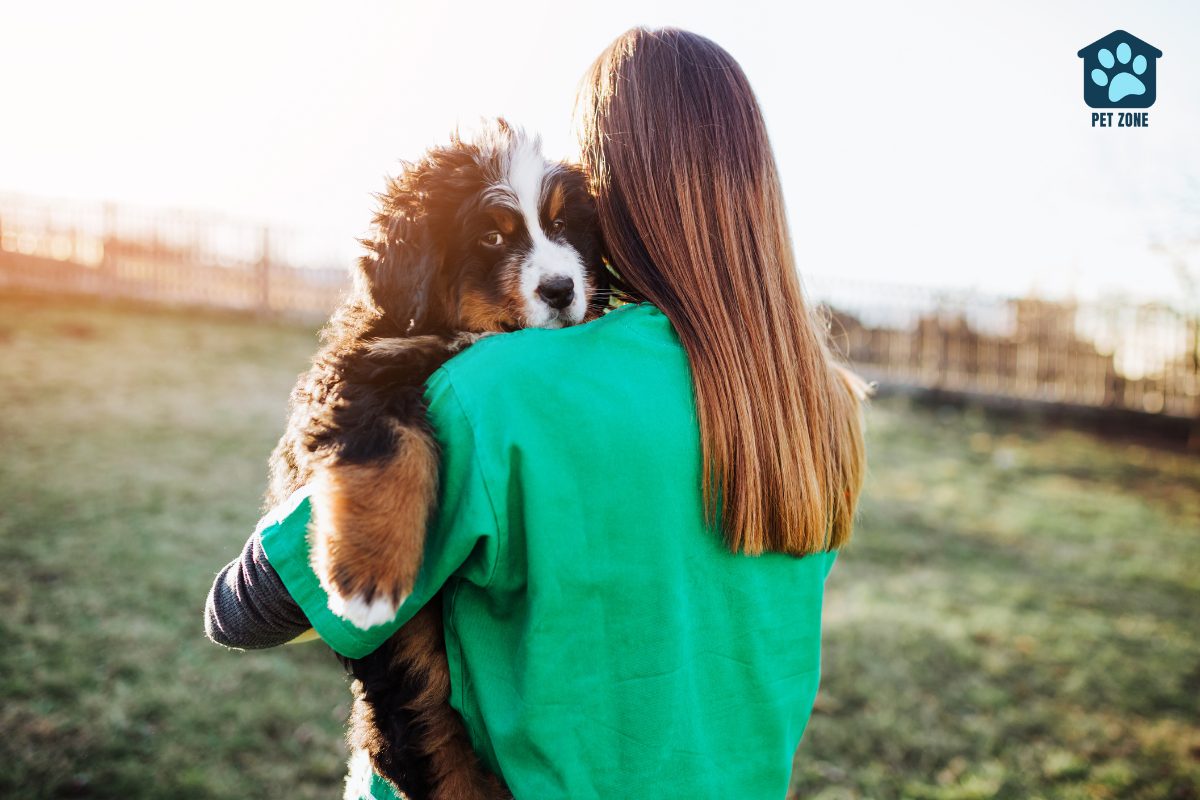
Observations from Dog Owners
Through listening to the experiences of fellow pet owners, we gain real-life insights into why some dogs might yelp when lifted. These anecdotes often reveal patterns and scenarios that could be enlightening for understanding our own pets’ behaviors.
Yelping when picked up under the chest
Your dog may yelp when lifted under the chest for various reasons. Neck or back pain often causes discomfort in this area, making lifting painful for your pet.
Hip issues can also lead to yelps because picking up a dog wrong puts pressure on sore spots.
To avoid causing pain, always support your dog’s chest and rear when you lift them.
If they still cry out, it’s best to check with your vet right away. Your vet can find out what’s causing the trouble. They might suggest X-rays or other tests to see if there are problems with bones or muscles.
Difficulty jumping onto high surfaces
Small breeds like Chihuahuas often struggle to leap onto higher places. This can be due to disc problems that are common in these dogs.
Seeing them unable to jump on a couch or bed might worry you. It’s important because it could mean your dog is feeling pain or discomfort.
If your pet used to climb easily but now hesitates, something might not be right. Watch for other signs like panting, tail tucking, or trouble squatting. These clues tell you your furry friend needs care.
Jumping up and down furniture poses risks for all dogs, especially if they do it a lot or the surface is hard. Keep an eye on how your dog moves around at home and think about safety when they play and relax.
Yelping when trying to bark or jump off the bed
Your dog might suddenly yelp when they try to jump off the bed. This could mean they’re in pain or discomfort.
When a dog jumps, their muscles and joints work hard. If there’s a problem, like joint pain or muscle issues, it can hurt them.
Also, if your pet yelps while barking, it may be more than just throat trouble. Neck pain can cause this reaction because barking moves the neck muscles.
If you see your dog is having trouble with these actions, pay close attention. They could have hurt themselves by falling or playing too rough. Sometimes dogs hide their pain until it gets really bad.
So if your furry friend starts to yelp out of nowhere, think about taking them to the vet soon. Your vet can check for any health problems and give you advice on how to make things better for your pup.
What to Do if Your Dog Cries When Picked Up
When your furry companion expresses discomfort with a yelp upon being lifted, it’s crucial to respond with care and awareness. Identifying the root of their distress—be it medical or behavioral—is the first step toward ensuring their well-being and soothing any underlying issues that may be causing pain.
Be Proactive
Act now if your dog yelps when picked up. Check for signs of pain or discomfort immediately. Gently feel their body for tender areas, and watch how they move on their own.
If you notice anything unusual, don’t wait; seeing a vet is crucial. Your actions can prevent worse problems later.
Learn the right way to hold your dog, too. Support the chest and rear end when lifting small dogs or puppies. This prevents strain on their back and legs.
Keep an eye out every day for changes in behavior—they might signal health issues early on. You’re not just a pet owner but also a guardian of your furry friend’s well-being!
When to Consult a Vet
If your pet shows other worrying signs like limping, vomiting, or changes in behavior, don’t wait to get help. A veterinarian can check what’s causing your dog to yelp and offer treatment options.
It’s also important to go if your dog has trouble jumping or starts yelping out of nowhere. These signs can point to serious conditions like arthritis, spinal issues, or internal injuries.
They might need pain medication or another treatment to feel better. Quick action can prevent more harm and ease your friend’s discomfort quickly.
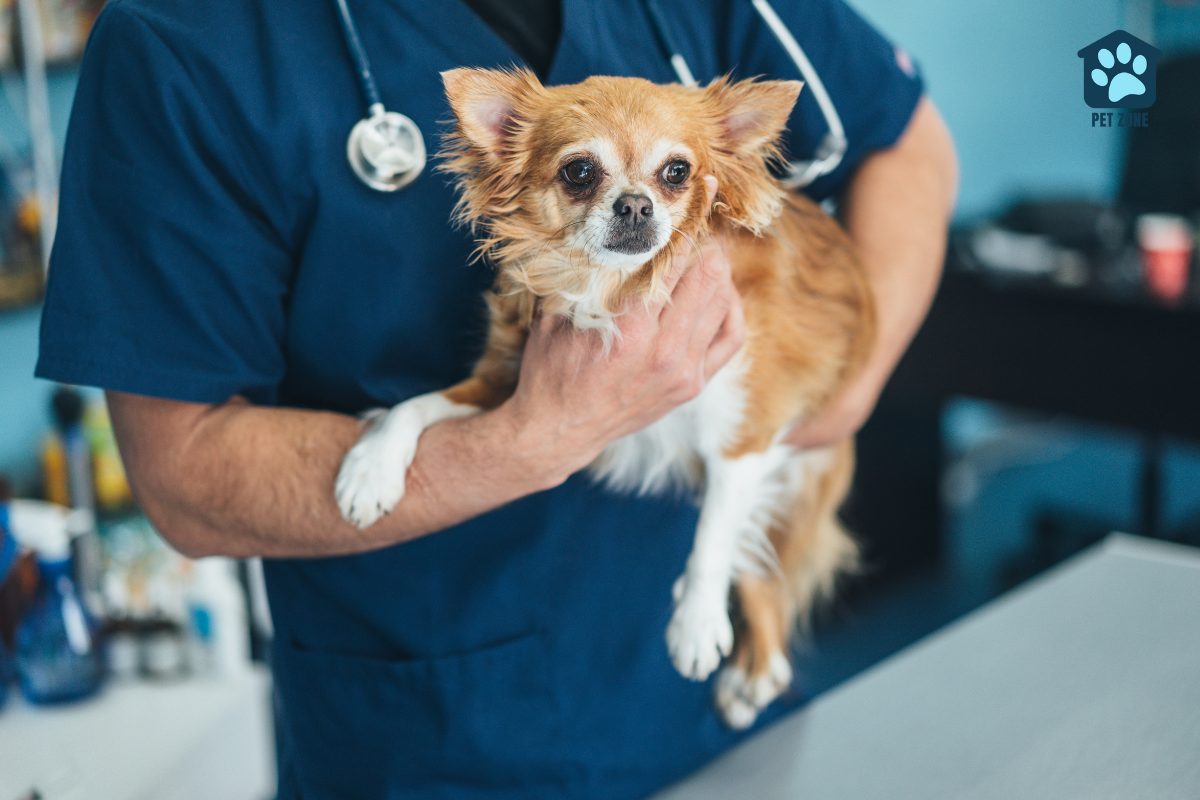
How to Properly Pick up and Hold a Small Dog or Puppy
Picking up your little dog the right way is crucial. Doing it correctly can prevent the dog from yelping and feeling scared or hurt.
- Approach your dog calmly to avoid startling them. A sudden move might scare them, causing them to yelp.
- Speak to your dog in a gentle voice. This helps them understand that you’re not a threat.
- Place one hand under their chest, right behind the front legs. Support here is essential for their comfort.
- Scoop your other hand around their back end. Make sure you support their weight evenly.
- Lift with your knees, not your back. This prevents you from dropping them if you strain a muscle.
- Hold your dog close to your body once lifted. It makes them feel secure and prevents wriggling.
- Keep a firm yet gentle grip. Too loose and they may fall; too tight could cause pain or fear.
- Avoid holding by the stomach if they have tummy issues like abdominal pain or discomfort.
- Set them down gently, bending at the knees again. Let them feel the ground beneath their feet before letting go.
See a vet if your dog yelps every time you pick them up or they cry in pain when touched. This could mean they have joint or muscle problems.
Understanding Pain in Dogs
Uncover the subtle signs of discomfort in your canine companion, as we delve into how dogs experience and express pain—knowledge that could empower you to better support your furry friend’s health and happiness.
Signs of Neck or Back Pain
Dogs can’t tell us when they’re hurting, but they do show signs. Recognizing these cues helps you understand your dog’s pain.
- Your dog may flinch or yelp if their neck or back is in pain.
- Stiffness in movements often indicates discomfort, especially after resting.
- If your dog limps, it could mean they are experiencing spinal pain.
- Refusing to jump on furniture or into the car might be a sign of back issues.
- Dogs with neck pain might not want their collar touched or resist wearing it.
- Painful reactions to normal touches can alert you that something is wrong.
- Changes in posture, like a hunched back, also suggest your pet may be in distress.
- Look for unusual whining or howling which can signal acute pain.
- A normally active dog becoming less playful is a clue that they might be hurting.
- Avoidance behavior such as hiding or shying away when approached could point to spinal pain.
How to Help a Dog Yelping in Pain
Seeing your dog yelp in pain can be alarming. It’s important to act calmly and provide comfort and care immediately.
- Approach your dog gently to avoid startling them further.
- Speak in a soft, soothing tone to help calm your pet.
- Check for visible signs of injury or pain, like swelling or cuts.
- Touch your dog carefully to find where they hurt; look for flinching or more yelping as clues.
- Comfort your dog with their favorite blanket or toy for emotional support.
- Offer water, as being in pain can cause dehydration if they’ve been avoiding drinking.
- Limit movement by keeping your dog still and resting to prevent further injury.
- Apply a cold compress to any swollen areas to reduce inflammation—ensure it’s not too cold.
- If the pain persists, consult a vet as soon as possible because dogs hide pain well.
- Administer any prescribed anti-inflammatory medicine if you already have some from your vet; never use human medication as it may be toxic to dogs.
- Keep other pets away so that your injured dog can have peace while they recover.
- Use supportive devices like a harness when helping your dog move if they allow it without more yelping.
- Consider natural remedies only after getting approval from your vet; some are harmful to dogs.
- Create a long-term plan with the help of veterinary care if joint or muscle problems are diagnosed.
- Stay attentive and monitor changes in behavior; more yelping could indicate worse problems.
What to Do If Your Dog Starts to Yelp in Pain
Your dog’s yelping can be scary. It could mean your dog is hurting.
- Stay calm. Your dog needs you to be level-headed.
- Gently check your dog’s body for any obvious wounds or injuries.
- Comfort your dog with a soft voice and gentle petting.
- Avoid moving your dog too much, as this may increase pain.
- Note any recent events that might have caused the injury, like falls or rough play.
- Offer a quiet space for your dog to rest without too much noise or activity around.
- Observe if the yelping happens when touching a specific area; this helps identify the source of pain.
- Look for other signs of discomfort, such as limping or refusing to eat.
- Consider if your dog has had issues in the past with pain when you pick them up or touch them.
- Call your vet right away to describe what’s happening and get professional advice.
- Follow the vet’s guidance, which might include bringing your dog in for an exam right away.
- If advised by the vet, give anti-inflammatory medicine prescribed for your dog – never human medication!
- Arrange for transportation to the veterinary clinic that supports and minimizes movement if needed.
If My Dog Doesn’t Cry Does That Mean It Doesn’t Hurt?
Just because a dog stays quiet, that doesn’t mean everything is fine. Dogs can hide their pain very well. They might be suffering silently. It’s like when a person has a bad headache but doesn’t want to complain about it.
Watch your dog for clues. If they don’t want to play as much or seem extra sleepy, these could be signs of hurt we can’t hear.
Some dogs are tough and won’t scream in pain even if they’re not feeling good. Others might be afraid to show weakness. As pet owners, we need to spot the small changes in how our pets act every day.
A dog may stop doing things they used to love or move differently if something hurts them inside where we can’t see it. It’s up to us to help our four-legged friends when they’re hurting but not yelping.
Natural Pain Relief Remedies for Dogs
Your dog may experience pain for various reasons. Natural remedies can often provide relief without the need for strong medication.
- Apply a cold compress to the affected area gently. This can reduce swelling and ease discomfort.
- Massage your pet’s sore muscles carefully. Use slow, gentle strokes to increase blood flow.
- Offer a warm blanket or pad for your dog to lay on. Heat can relax muscles and soothe joint pain.
- Consider supplements like glucosamine and chondroitin; they support joint health.
- Introduce omega-3 fatty acids into their diet. These can act as natural anti-inflammatories.
- Provide soft, supportive bedding to relieve pressure on painful joints.
- Keep your dog at a healthy weight to reduce stress on its body.
- Ensure they have moderate, regular exercise to maintain muscle strength and flexibility.
- Use herbs like turmeric, known for its anti-inflammatory properties, in appropriate doses after consulting with a vet.
- Acupuncture is another option that some owners find helpful for managing pain in dogs.
Different Types of Pain Management for Dogs
Managing pain in dogs requires understanding their needs and comfort. Let’s explore some effective ways to help your furry friend feel better.
- Anti-inflammatory drugs can reduce swelling and pain in dogs with conditions like arthritis.
- Physical therapies such as massage, acupuncture, or hydrotherapy might improve movement and lessen discomfort.
- Gentle exercise can help maintain muscle strength and joint flexibility without causing more pain.
- Comfort measures include soft bedding, warmth, and a calm environment to ease your dog’s stress.
- Dietary supplements with glucosamine or omega fatty acids may support joint health and reduce inflammation.
- Pain medications prescribed by a vet can target severe or chronic pain effectively.
- Surgery might be necessary for certain conditions like ruptured discs or tumors causing significant distress.
- Antidepressants or anti-anxiety meds sometimes help manage chronic pain by stabilizing mood changes due to discomfort.
- Cognitive-behavioral adjustments teach dogs coping mechanisms that can diminish their perceptions of pain.
- Regular dental care prevents painful tooth decay and gum disease that could cause agony when eating.

Conclusion
When your dog yelps being picked up, it’s a sign to take notice. Always handle with care, making sure to support their body right. If they keep crying out, a vet visit is crucial; they’ll know what’s wrong.
Learning how to lift them can prevent pain and stress for you both. Remember, each dog may have different needs for comfort and safety. Help your furry friend by staying alert and responsive to their cues!
Frequently Asked Questions
Your dog may yelp because they’re in pain. If your furry friend suddenly starts yelping when touched or picked up, it could mean they have an injury or are experiencing discomfort.
Yes, you should take it seriously if your dog has just started to yelp. It’s not normal for dogs to cry out unless something is wrong, like physical pain from a fall at the dog park or another issue.
Absolutely – older dogs may hide their pain well. If you have a yr old pup that starts yelping out of nowhere, it might be due to age-related issues causing them much pain.
First off—don’t panic! You can give anti-inflammatory medicine with your vet’s okay, but remember: quick and professional advice will guide you best.
For young pups like your year-old Yorkie, crying or yelping every time they’re lifted could point towards neck or back issues… Maybe even after roughhousing with another dog!
Carefully watch how much distress your pet shows—even vets use small signs like these—to catch any hidden injuries early on; gentle care goes a long way too!
As an Amazon Associate I earn from qualifying purchases.
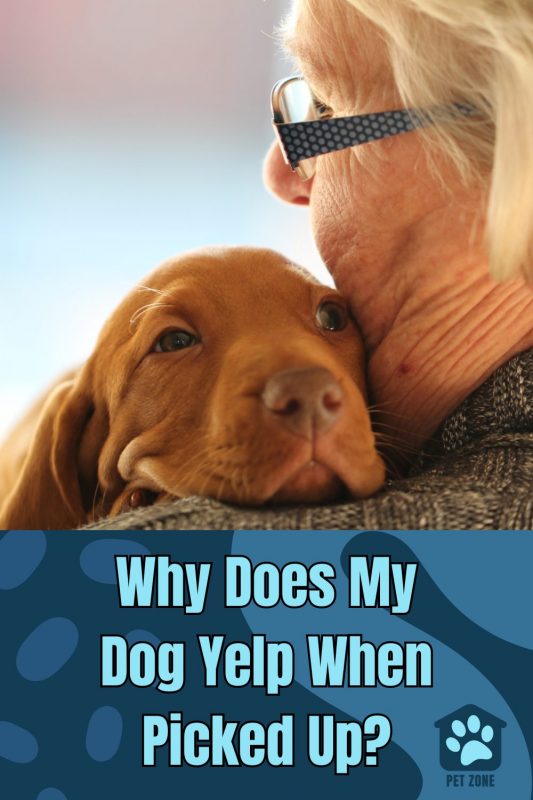


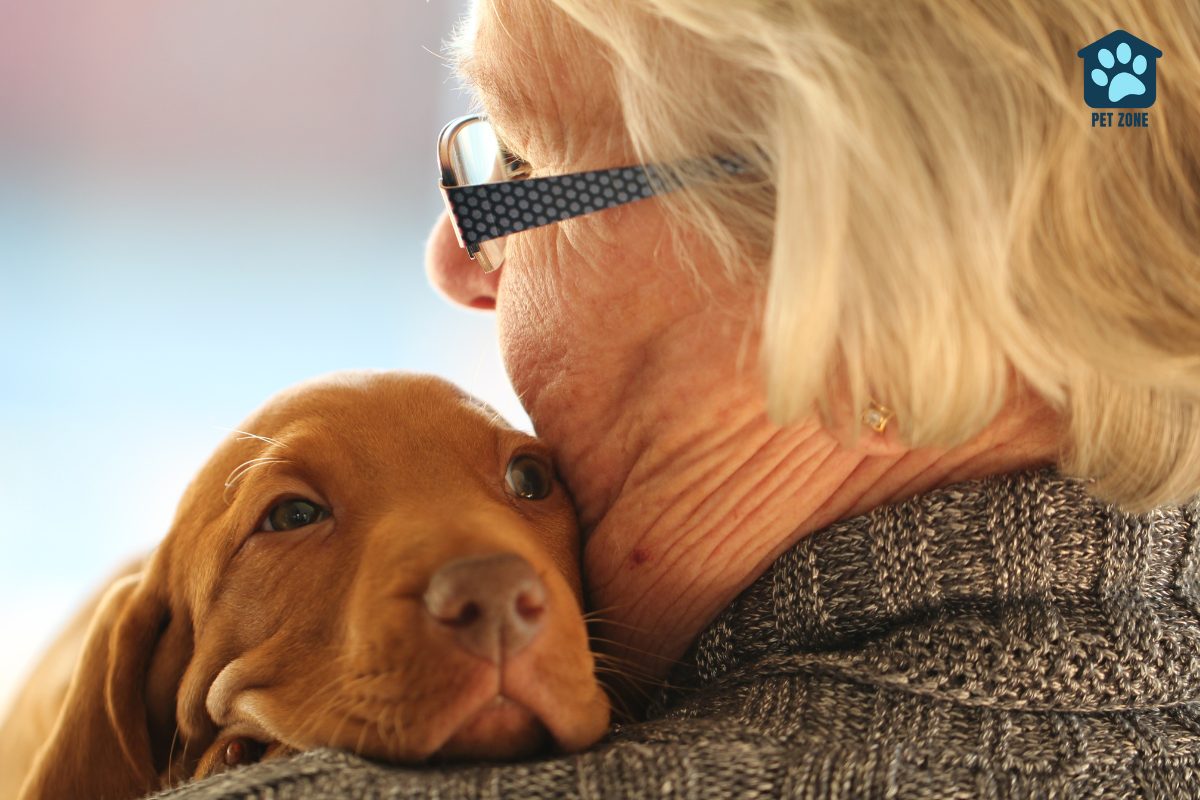

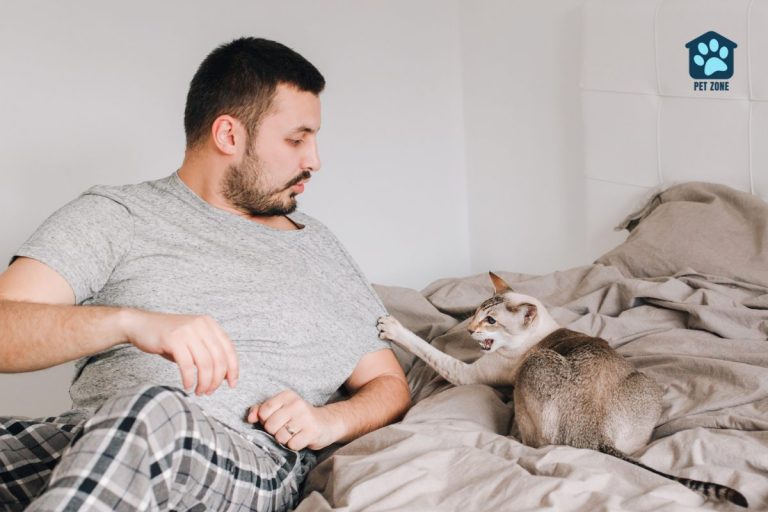
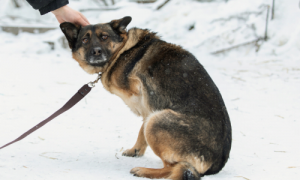

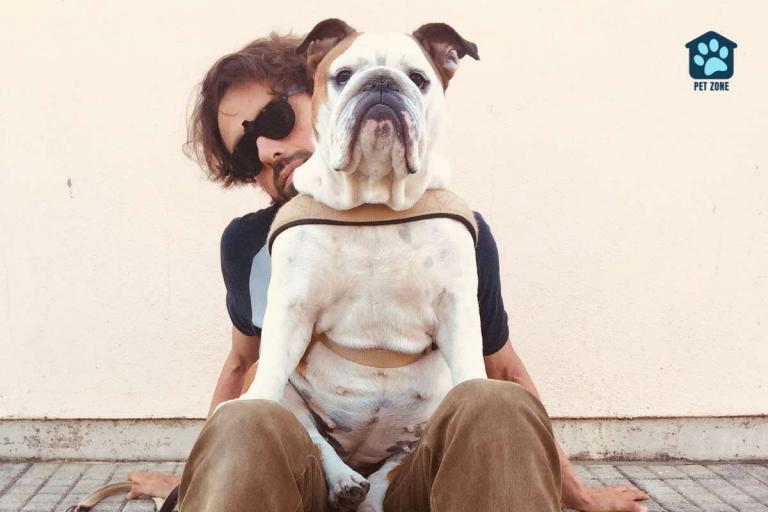

Thank you, very informative article! We will have a little guest dog next week, I will be more confident with her after reading your post 🙂